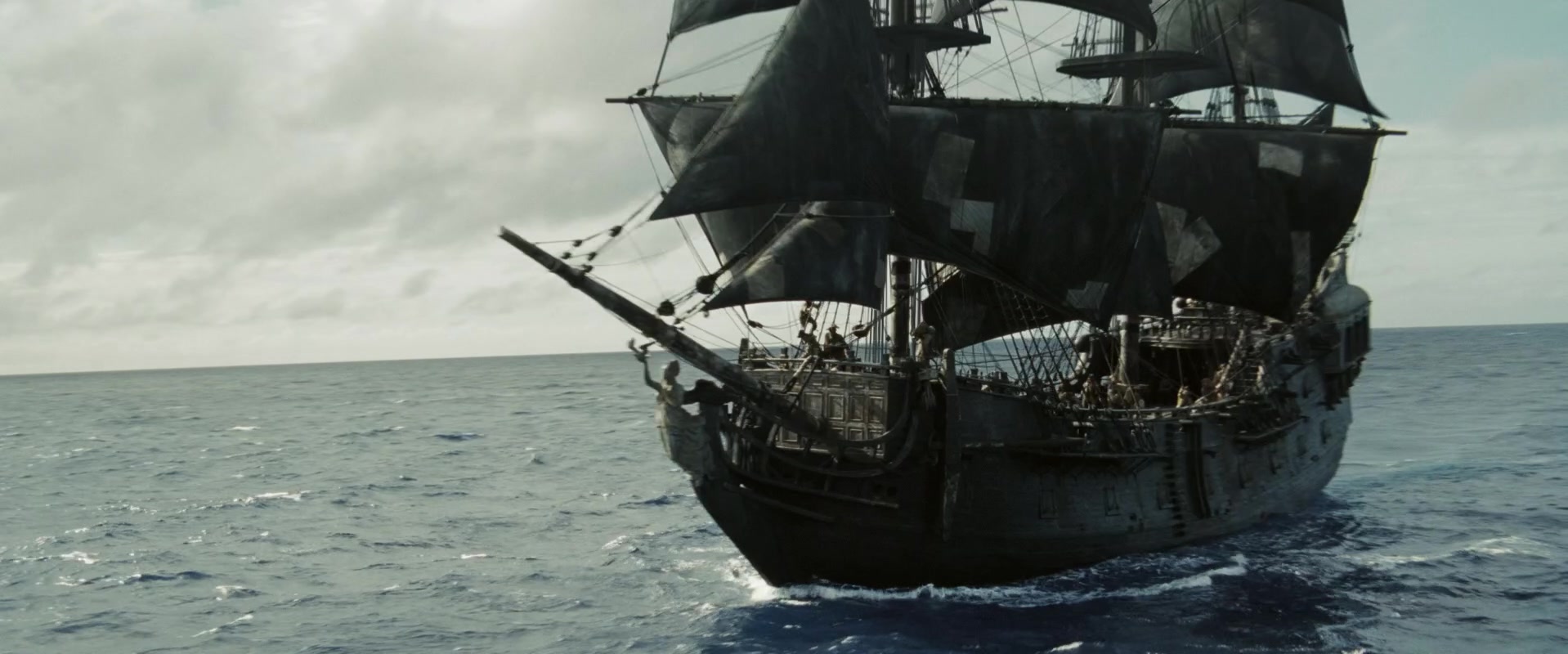That's just creepy. I just read that book.
I think of the name Pearl as more of old lady with curlers in her hair type of name...but Pearl is just a play on the name Earl which is rather rednecky.
I didn't expect 3 separate tangents to the Pearl questions, but that was a nice surprise.
Where did you get this information? Is it just a tidbit rolling around in that big brain of yours?:
And even soldiers in the Hopewell civilization, living in Ohio or thereabouts, got into a sort of one-upsmanship thing about embedding pearls into their helmets, breastplates, and other wartime gear, not too long before the buffalo-hunting Lamanites came in the do a mass genocide party. Mound-diggers were finding stuff like that when Solomon Spaulding was spinning his yarns.
I learned a little more about black pearls:
What Makes a Black Pearl Black?
Black pearls are formed when that piece of sand gets stuck in the body of a very specific type of oyster, the Tahitian black-lipped Pinctada margaritifera. The interior shell, called the nacre, of most oysters is usually a glossy white or silver but the Tahitian black-lipped oyster features a thick band of black. If the pearl forms near that band, it will suck up that coloring.
Tahitian black-lipped pearls can be darker if they develop closer to the lips, and can also be a silvery gray color if they get wedged in a lighter portion of the oyster. If an oyster that typically produces white pearls has an unusual black coloring in its nacre, it too can create a blackish pearl. This, however, is rare; it occurs in only one in 10,000 pearls.
The price of a black pearl depends on its size, shape, luster, color and surface quality, which is graded on a scale from A to D. A perfectly round, AAA quality, 10 mm-sized Tahitian black pearl goes for $140, according to pearlparadise.com, while a round, AAA, 10 mm white freshwater pearl costs about $15, according to youpearl.com




